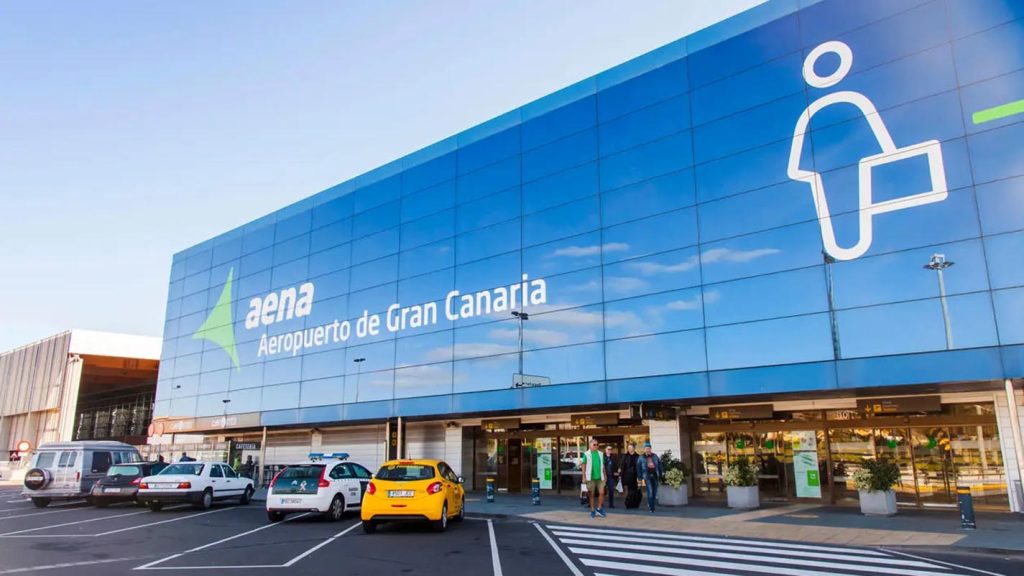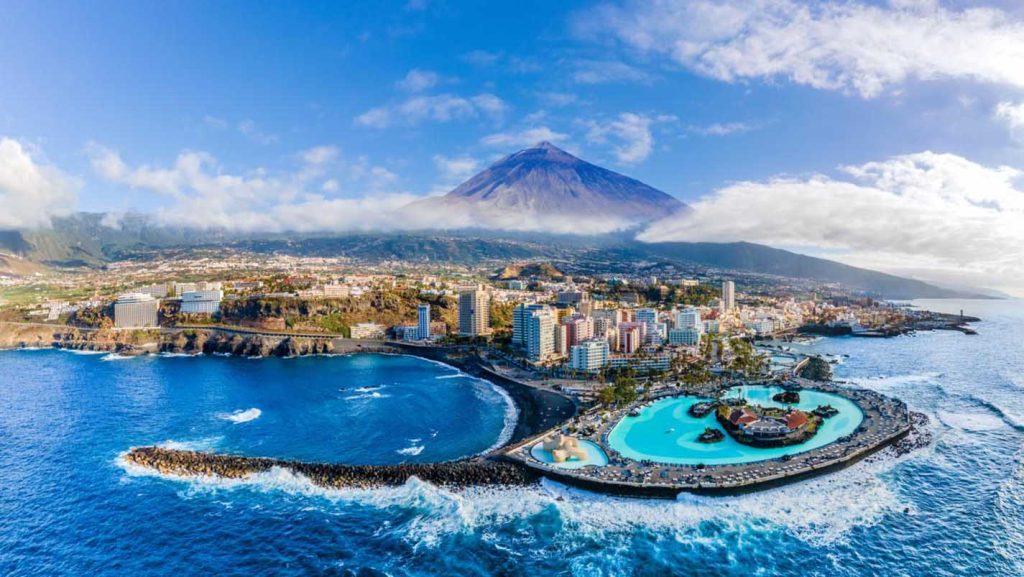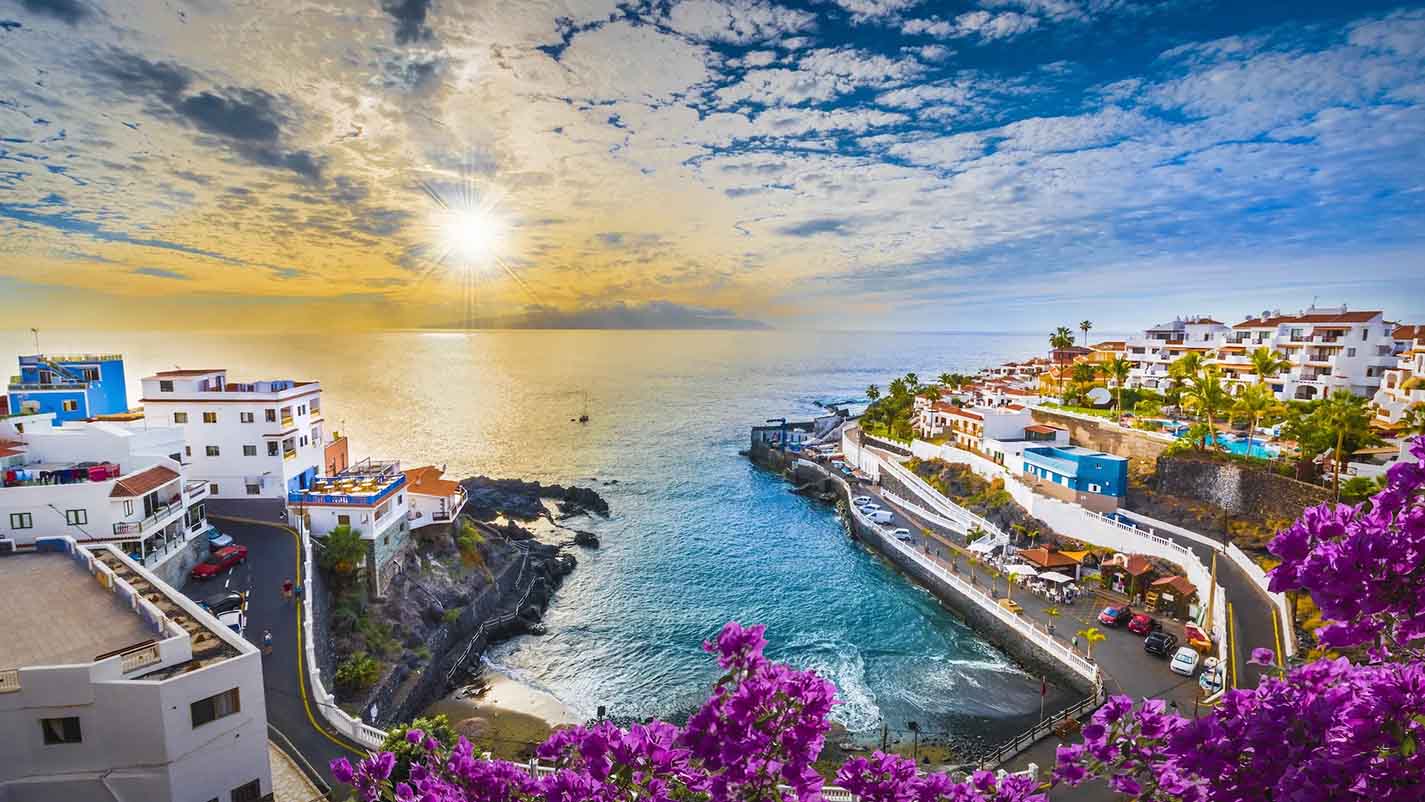When travelers dream of sun-soaked holidays filled with golden beaches, volcanic landscapes, and charming Spanish island life, the Canary Islands often appear at the top of the list. Located off the northwest coast of Africa yet belonging to Spain, this archipelago is a unique blend of European convenience and exotic allure. Stretching across seven main islands—Tenerife, Gran Canaria, Lanzarote, Fuerteventura, La Palma, La Gomera, and El Hierro—the Canaries offer something for every traveler: dramatic cliffs, world-class hiking trails, picturesque towns, and turquoise waters perfect for windsurfing or diving.
But for those arriving for the first time, one of the biggest questions is: How do you actually get around? With the islands spread across the Atlantic and each one offering distinct attractions, navigating transportation might seem daunting. Fortunately, the Canary Islands are exceptionally well-connected, and with a little planning, moving between and within the islands can be smooth, efficient, and surprisingly enjoyable. This comprehensive guide breaks down all your options—from inter-island flights to ferries, car rentals, buses, and taxis—so you can focus less on logistics and more on soaking up the magic of the islands.
Most international travelers arrive by air. The archipelago is home to several international airports, the largest being Tenerife South Airport (TFS) and Gran Canaria Airport (LPA). Other islands, like Lanzarote and Fuerteventura, also welcome direct flights from many European cities. Airlines such as Iberia, Vueling, Ryanair, and Binter Canarias ensure frequent and often affordable connections, while charter flights cater heavily to vacationers from the UK, Germany, and Scandinavia.

For those already in Spain or neighboring Portugal, there are also ferry connections to the islands, particularly from Cádiz or Huelva. While the journey by sea takes more than a day, it can be a memorable way to arrive with your own car, especially for travelers planning extended stays.
Traveling Between the Islands
Once you’ve landed on one island, you might feel tempted to explore beyond. Each Canary Island has its own character:
- Tenerife is famous for Mount Teide, Spain’s highest peak.
- Gran Canaria offers both desert-like dunes and lush green mountains.
- Lanzarote showcases surreal volcanic landscapes designed by César Manrique.
- Fuerteventura is a paradise for surfers and beach lovers.
- La Palma, La Gomera, and El Hierro are quieter, with stunning hiking trails and fewer crowds.
To connect these destinations, travelers can choose between inter-island flights and ferries.
Inter-Island Flights
Flying between the islands is the quickest and most convenient option. Binter Canarias and Canaryfly operate numerous daily flights, with travel times typically ranging between 30 and 50 minutes. For example:
- Tenerife to Gran Canaria: about 30 minutes.
- Tenerife to Lanzarote: around 50 minutes.
- Gran Canaria to Fuerteventura: less than 45 minutes.
Tickets can often be booked last-minute at reasonable prices, though booking in advance is advised during peak travel periods. Air travel is particularly useful if you want to cover larger distances, such as hopping from Tenerife in the west to Lanzarote in the east.
Ferries
For travelers seeking a slower pace and scenic journey, ferries are an excellent alternative. Ferry companies such as Fred. Olsen Express and Naviera Armas connect the islands with regular schedules.
Advantages of ferries include:
- Bringing your car: Perfect for road-trippers who want to explore at their own pace.
- Relaxed travel: Spacious lounges, on-board cafés, and the ability to enjoy ocean views.
- Flexibility: Frequent sailings between popular routes like Tenerife–Gran Canaria or Lanzarote–Fuerteventura.
For shorter routes (like Lanzarote to Fuerteventura), the crossing can take less than 30 minutes. Longer routes, such as Gran Canaria to Lanzarote, might take several hours but are generally comfortable.
Getting Around Each Island
While moving between islands requires flights or ferries, once you’re on the ground, you’ll find plenty of options to explore.
Car Rentals – The Ultimate Freedom
For most travelers, renting a car is the best way to discover the Canary Islands. The road networks are well-maintained, fuel is cheaper than in mainland Europe, and distances are manageable. On islands like Tenerife and Gran Canaria, public transport covers major towns, but reaching remote beaches, hiking trails, or hidden villages is far easier with your own vehicle.
Car rental companies—both international names like Hertz, Avis, and Europcar, and local providers such as Cicar or AutoReisen—are available at airports and ferry terminals. Rental prices are generally reasonable, but it’s wise to book early during high season.
Driving tips:
- Roads can be narrow and winding, especially in mountainous areas like La Palma or Tenerife’s Teide National Park.
- Parking is usually free in smaller towns but limited in city centers.
- Automatic cars are less common; if you’re not comfortable with manual transmission, reserve in advance.
Buses – Affordable and Reliable
Each island has its own bus network, known locally as “guaguas.” These buses are reliable, modern, and inexpensive, making them a solid choice for budget-conscious travelers.
- Tenerife: TITSA buses connect the entire island, from Santa Cruz to the beaches of Costa Adeje.
- Gran Canaria: Global buses run between Las Palmas, Maspalomas, and other destinations.
- Lanzarote & Fuerteventura: Smaller networks, but enough to cover main towns and tourist areas.
Buses are ideal if you plan to stay in one area and make occasional day trips. However, schedules may be less frequent in rural areas, and reaching secluded spots can be challenging.
Taxis – Convenient but Costly
Taxis are widely available in cities, airports, and tourist areas. They operate on meters and are considered safe and reliable. For short trips—like getting from the airport to your hotel—taxis are convenient. However, relying solely on taxis for sightseeing can quickly become expensive, especially on larger islands.
Cycling and Walking
For active travelers, cycling and hiking are excellent ways to explore. Lanzarote and Fuerteventura’s flat terrains are ideal for cycling, while Tenerife and La Palma boast world-class hiking trails through volcanic landscapes and lush forests. Many towns are also pedestrian-friendly, with charming plazas, promenades, and coastal walks.
Navigating the Cities
Though the Canary Islands are best known for their beaches and natural beauty, their cities deserve attention too. Las Palmas de Gran Canaria and Santa Cruz de Tenerife are vibrant hubs filled with cultural attractions, shopping streets, and local dining spots.

Getting around these cities is easy:
- Public buses run frequently.
- Walking is pleasant in central areas.
- Taxis are plentiful for late nights or quick trips.
Renting a car is not always necessary in cities, but it becomes useful if you plan to explore the surrounding countryside.
Transportation Costs and Budgeting
Travelers will be pleased to know that the Canary Islands offer excellent value for money when it comes to transportation. Here’s a rough guide:
- Inter-island flights: €40–€80 one way (sometimes less with promotions).
- Ferries: €30–€70 one way for foot passengers; more if bringing a car.
- Car rentals: €20–€35 per day, depending on season and car type.
- Bus fares: €1.50–€10 depending on distance.
- Taxis: Starting fare around €3, with per-kilometer charges.
Discount cards are available for bus travel, especially in Tenerife and Gran Canaria, and can significantly reduce costs if you plan to use buses frequently.
Tips for Smooth Travel
- Book early during high season: Flights, ferries, and rental cars sell out fast.
- Compare options: Sometimes ferries are cheaper, but flights save time.
- Mix and match: Fly to one island, then ferry to another for variety.
- Stay flexible: Weather conditions can affect ferry schedules, so allow some buffer time.
- Travel light: Smaller inter-island flights have stricter luggage allowances.
Why Transportation Enhances the Canary Experience
Transportation in the Canary Islands isn’t just about moving from point A to point B—it’s part of the adventure. Imagine driving through winding mountain roads with sweeping ocean views, boarding a ferry at sunset while dolphins leap alongside, or hopping on a short flight where the volcanic peaks of neighboring islands rise dramatically out of the sea. Each journey brings its own perspective, reminding you that these islands are more than just beach resorts—they are worlds of their own.
Exploring the Canary Islands doesn’t have to be complicated. With efficient connections between the islands and a wide variety of options once you arrive, you can design a trip that fits your style—whether that means renting a car for ultimate freedom, relying on buses for affordability, or mixing flights and ferries for flexibility. The transportation network is designed to suit every type of traveler, from those who prefer spontaneous journeys to those who enjoy carefully planned itineraries.
The key is to plan ahead, stay open to different experiences, and let the rhythm of island life guide you. A ferry ride might turn into a scenic highlight of your trip, while a winding drive up a volcanic mountain could reveal panoramic views that feel like another world. Even the most practical choices, such as catching a bus between towns, can offer a glimpse into local daily life and culture.
By mastering the art of getting around, you’ll unlock the true essence of the Canary Islands: a place where every road, trail, or ferry ride brings you closer to unforgettable landscapes, vibrant culture, and moments of pure relaxation. Transportation here is not just about logistics—it’s an integral part of the adventure itself.
Tags: Binter Canarias, Gran Canaria Airport (LPA), Tenerife South Airport (TFS)
